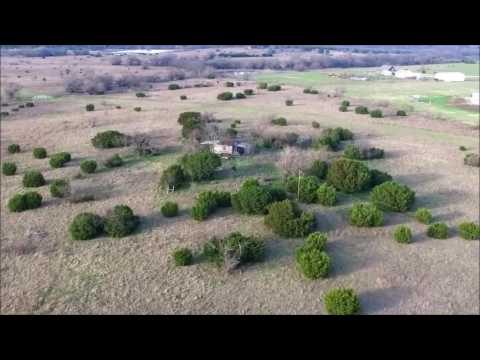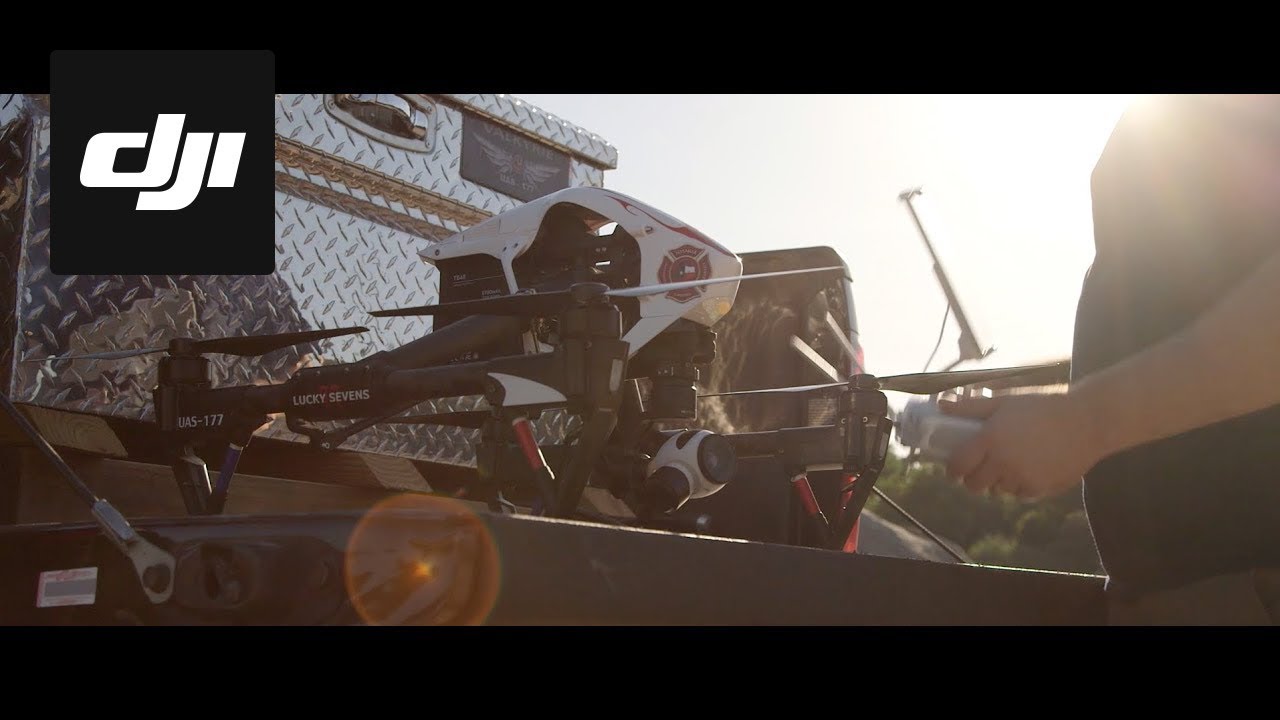Imagine a bird’s eye view amid chaos.
That’s what drone technology offers to first responders.
These unmanned aerial vehicles (UAVs), controlled from the safety of the ground, are transforming emergency services.
They’re the eyes in the sky for law enforcement, fire departments, and emergency management teams, providing real-time visuals that change the game in disaster response.
The Power of Drones in Public Safety
Drones are more than flying cameras. They’re life-saving tools.
They provide a perspective that’s often impossible to achieve from the ground, making them invaluable in emergencies.
From navigating through dense smoke during wildfires to assessing structural damage in the aftermath of an earthquake, drones are the silent heroes in disaster management.
Take the Chula Vista Police Department in California, for instance.
Their Drone as a First Responder (DFR) program has been a game-changer.
By deploying autonomous drones equipped with artificial intelligence, they’ve managed to cut down response times and enhance safety for officers and the public.
The FAA and Drone Regulations
The Federal Aviation Administration (FAA) plays a crucial role in ensuring the safe use of drones in emergency services.
They’ve set strict safety and operational standards that all drone operators must adhere to.
This includes proper licensing and training, ensuring the skies remain safe while drones do life-saving work.
The importance of trained pilots and operators
One crucial aspect of conducting successful drone missions and building a comprehensive drone program is having trained pilots and operators at the helm.
These specialists undergo extensive training to proficiently handle these advanced tools, allowing them to navigate challenging environments easily. The same is true for the fire department, whether using volunteer firefighters or full-time staff. Indeed, it’s true for all unmanned aircraft systems operations by every public safety agency.
A skilled drone operator can make the most of a drone’s potential, using its features to collect precise data while minimizing risks to human life.
Additionally, a trained officer, acting as a drone operator, can adapt to unforeseen circumstances, making quick decisions to maintain the missions’ effectiveness and safety.
As drone technology continues to advance, the role of trained operators will remain crucial to maximizing these tools’ benefits.
Major Manufacturers and Their Offerings
Several manufacturers have stepped up to meet the demand for drone technology in the responder community. Here are a few key players:
DJI: Known for its advanced UAS technology, DJI offers a range of drones designed specifically for public safety agencies. Their Matrice 300 RTK, for instance, is an autonomous drone equipped with artificial intelligence capabilities, providing enhanced situational awareness and precision in emergencies. Link to DJI Matrice 300 RTK
Elistair: Elistair specializes in tethered drone systems. Their ORION 2 is a persistent tethered UAS designed for autonomous 50-hour flights, providing continuous, timely, and actionable intelligence. This makes it ideal for surveillance and monitoring tasks in high-stress environments. They also offer SAFE-T 2 and LIGH-T 4, advanced tether stations compatible with various commercial drones, including DJI M300. Elistair
Parrot: Parrot’s ANAFI USA drone is a product of their collaboration with the Department of Homeland Security. It’s designed to meet the needs of law enforcement agencies and first responders, offering secure, robust, and easy-to-use drone solutions. Link to Parrot ANAFI USA
Skydio: Skydio is a leading drone manufacturer known for its autonomous drones. The Skydio 2, for instance, is designed for recreational and commercial use, with autonomous flight capabilities and obstacle avoidance technology. It’s particularly suited for complex environments where manual control would be challenging. Skydio 2
Teledyne FLIR: Teledyne FLIR offers the SkyRanger R70, a drone developed for demanding UAS operations. The R70 sets a new benchmark for small UAS performance and reliability with its expanded carrying capacity, open architecture, advanced autonomy, and artificial intelligence. It’s designed to thrive in challenging environments, including those with limited GPS or communication capabilities. SkyRanger R70
Yuneec: Their H520 drone is a versatile, reliable unmanned aerial vehicle designed for critical operations. It’s particularly suited for use in disaster response and natural disaster scenarios. Link to Yuneec H520
A note of caution. In the USA and other countries, drone use by First Responders and Emergency Responders who are government employees has seen some restrictions due to national security concerns. Specifically, DJI drones are not allowed among Federal and State employees. The limits are being debated, but most government agencies in the USA cannot deploy DJI drones.
How Drone Technology for First Responders is saving lives
Here are five examples of how first responders have used drone technology to save lives:
Chula Vista Police Department, California, USA: The Chula Vista Police Department launched a Drone as a First Responder (DFR) program that uses autonomous drones with artificial intelligence technology to respond to emergencies. The DFR program utilizes autonomous drones with artificial intelligence to fly to an emergency before manned aircraft and gather critical information for responders. The program has reduced response time and aided the responder community in Chula Vista. Read more
Nepal Earthquake, 2015: Drones provided situational awareness and emergency services during the 2015 earthquake in Nepal. The drones helped provide real-time visual information during the disaster, aiding rescue and recovery efforts. Read more
North Carolina, USA: In 2018, a drone was used to locate and rescue an 11-year-old girl lost in the woods for more than 24 hours. The Drone was equipped with a thermal imaging camera, which helped to find the girl in the dense forest. Read more
Mexico Earthquake, 2017: After a devastating earthquake hit Mexico in 2017, drones were used to survey the damage and locate survivors. The unmanned aerial system could access areas that were too dangerous for rescue workers to enter, helping to save lives and speed up the recovery process. Read more
Australia Bushfires, 2020: During the catastrophic bushfires in Australia in 2020, Unmanned Aerial Systems were used to drop fire retardant and water on the fires, helping to protect homes and save lives. The drones also provided real-time information to firefighters on the ground, allowing them to coordinate their efforts better. Read more
These examples demonstrate the potential of drone technology in emergency response situations and highlight the significant impact it can have on saving lives.
The Future of Drones in Emergency Response
The future of drones in emergency response is promising.
With advancements in artificial intelligence and autonomous operations, drones will become even more integral to emergency management.
The National Institute of Standards and Technology (NIST) is at the forefront of this, working to develop standards for drone operations that response agencies can adopt.
For now, each operator can only fly a single drone. However, with the advent of autonomous drones, the mission can end up flying multiple drones or swarms of drones, which could provide even more complete situational awareness than is available today.
Unmanned aircraft are not just tools; they’re game-changers.
They’re saving lives, reducing damage, and making the jobs of our emergency responders safer and more efficient.
As we continue to innovate and push the boundaries of what’s possible, there’s no doubt that drones will play an even more significant role in public safety and emergency response.
Summary
Drone technology for first responders is an exciting development in ensuring public safety during emergencies.
Drone technology, also known as unmanned aerial systems or unmanned aerial vehicles, allows emergency responders such as law enforcement officers, firefighters, and volunteers to quickly and efficiently assess emergencies from the air.
With drones, first responders can gain situational awareness and map out disaster areas, allowing for more coordinated response times and effective allocation of resources.
Overall, using drone technology for first responders has significant potential to improve the safety and effectiveness of our emergency response systems in the face of natural disasters or other emergencies.
It’s easy to see why every public safety agency eagerly seeks drones.


